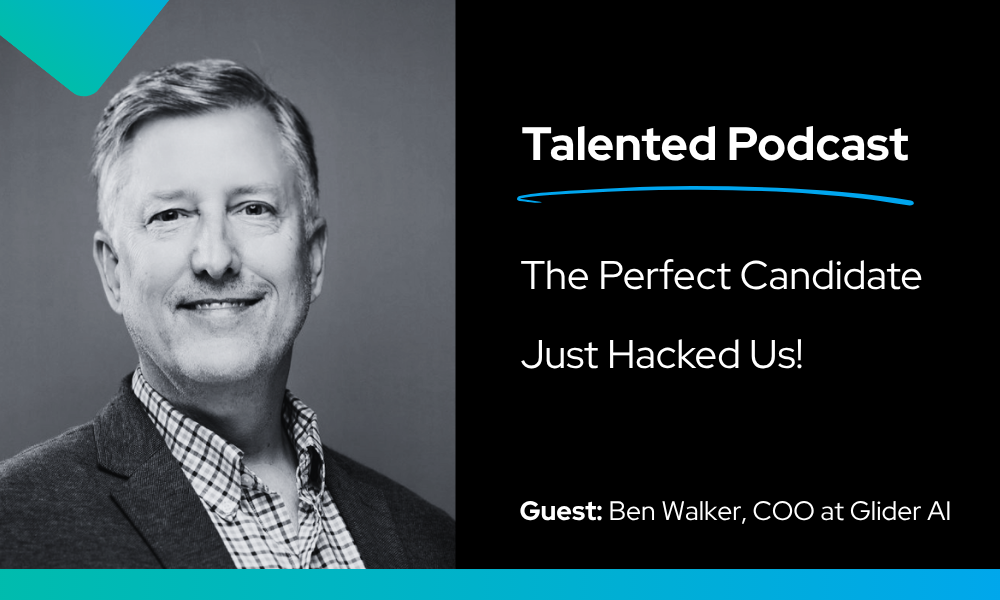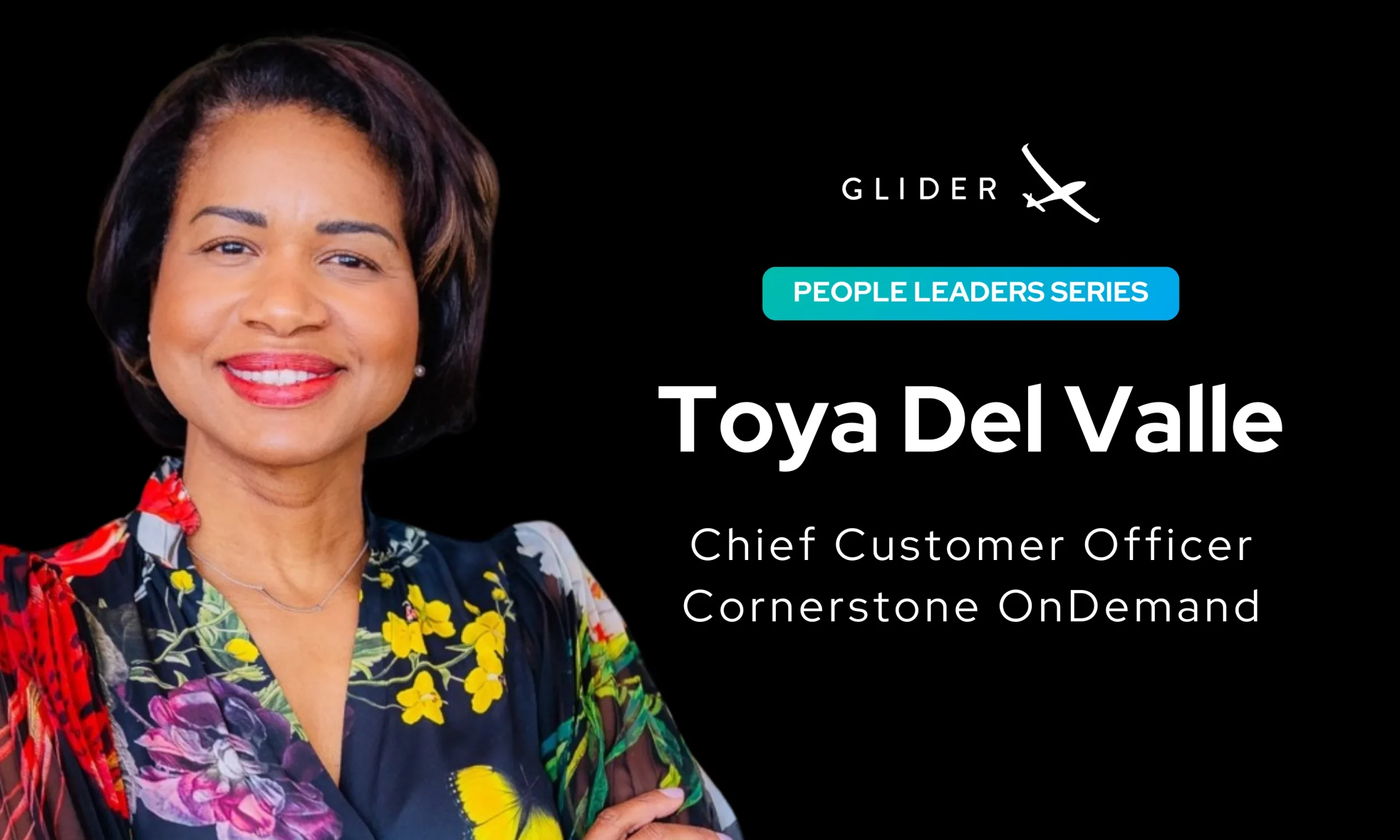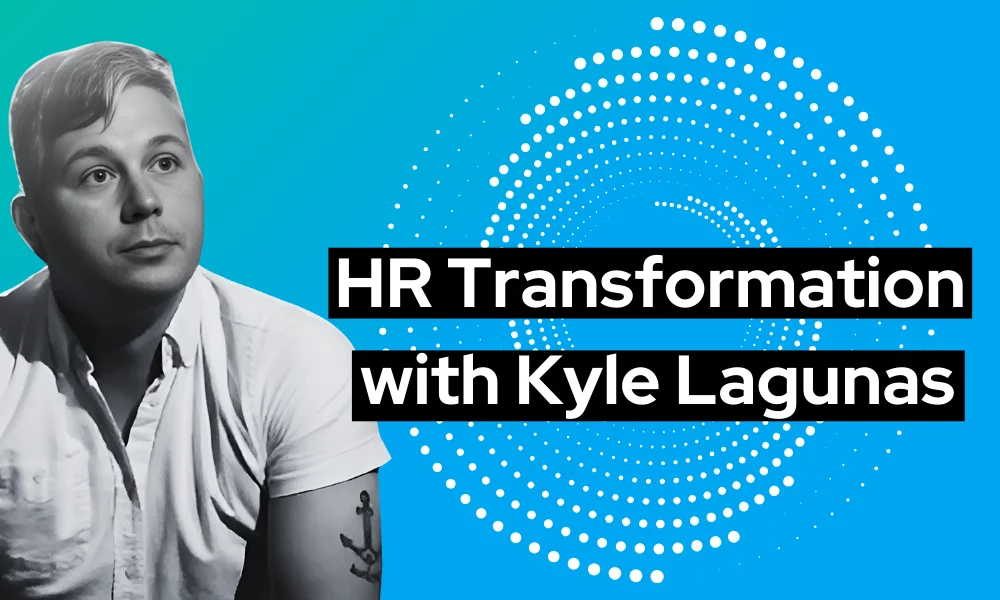
Make talent quality your leading analytic with skills-based hiring solution.

With the shortage of skilled talent globally, finding the right people is getting tougher each day. Even if you successfully hire the right candidates, you can’t guarantee how well they’ll fit into the workplace or how long they’ll stay.
Fortunately, just like many industries, we now have AI-powered tools and technologies in recruitment, like Glider AI. These tools, using predictive analytics and other features, significantly boost your hiring efforts and contribute to achieving the desired success.
But what exactly is predictive analysis and how does it transform talent acquisition?
In simple terms, predictive analysis in recruitment means using data and analytics to predict future hiring trends and candidate success. This technology uses smart algorithms to look at past data, guess how candidates might act, and eventually help HR make better decisions.
Key advantages of predictive analysis in hiring include:
In a nutshell, with the help of predictive analytics, companies can make better decisions, speed up the hiring process, and eventually build a stronger, more diverse, and more successful workforce for the future.
We talked a bit about how predictive analysis helps pick the right candidates in the previous section. But how does this tech work, and what does it do? Let’s break it down in simpler terms.
One of the major benefits of using predictive analysis in recruitment is that it helps improve hiring by looking at past data to find hidden patterns that lead to successful hires. A recent survey by SkyQuest even found that companies using predictive analysis are 2.7 times more likely to make their hiring process better.
You might be wondering, how does it work? Well, this smart technology goes back in time, checking out what worked and what didn’t in past hires. It gives recruiters the inside scoop they need to make smart choices based on signs that candidates will be successful.
By looking closely at past info, companies can pick out people who have the right skills for success. This way, you can build a group of talented individuals that perfectly fits the organization’s needs, making your hiring strategy more spot-on and effective.
In the old-school way of hiring, recruiters usually stick to the basics. They look at resumes, check qualifications, and hope for the best. However, predictive analysis takes this hiring process to the next level.
Instead of just skimming resumes, it goes deep into stuff like skills, experiences, and how well someone vibes with the company culture. This helps recruiters find candidates whose qualities are a perfect match for what the organization needs to succeed.
By using these better ways of finding people, companies not only get individuals with the right skills but also those who gel with the company vibe. Results? A stronger and more united team, where everyone gets along and shares the company’s values.
In a nutshell, this smart approach ensures that every new team member not only meets the job requirements but also adds good vibes to the company culture and overall success.
Ever wonder why some companies struggle or grow slowly? Well, one big reason is hiring the wrong people. No one wants that, right? But here’s the good news! Companies can fix this issue with the help of predictive analytics.
This technology helps cut down on the biases that usually come with regular hiring. Instead of relying on personal opinions, this tool looks at facts and sets up a fair way to judge job candidates.
This benefit was also reflected in a study by the Harvard Business Review, which showed that using predictive analytics for hiring can make the recruitment process 15% less biased based on gender, and overall, it makes the team 35% more diverse.
So, in the end, it helps companies have a workforce that’s more diverse and fair, not just picked because someone liked them. And that’s a win for everyone!
The benefits of predictive analysis do not end with finding the right people. Rather, it goes way further. This AI-powered recruitment tool also helps ensure that employees stay happy and committed.
So how does it work? Well, by looking at things like whether people like their jobs, the workplace atmosphere, and scopes for career growth, predictive analytics helps organizations spot possible issues and put in place plans to make employees happier.
For example, if the tool says someone isn’t too happy about their career growth, the company can check it out and do something about it, like offering mentorship or training to help them grow.
To encapsulate, predictive analysis isn’t just about picking the right team; it’s about setting up a place where everyone wants to stay, reducing employee turnover substantially.
Conclusion: When used correctly, predictive analytics can be an asset for the HR industry. Not only does it help recruitment professionals improve their hiring process, reducing biases, but it also helps them significantly reduce employee churn. If you are looking for recruitment software equipped with all such advanced features and tools, Glider.ai is worth giving a try.
How does predictive analysis make hiring faster?
Predictive analysis accelerates hiring by providing smart insights into candidates. This eventually helps recruiters make quicker, informed decisions– improving the overall hiring process.
How does predictive analysis overcome traditional hiring challenges?
Predictive analysis goes beyond just looking at resumes. It checks out skills, experiences, and how well someone fits into the company. This helps make better decisions in hiring.
What role does predictive analysis play in creating a positive workplace culture?
Predictive analysis makes sure employees are happy and committed. It looks at things like whether people like their jobs and the workplace atmosphere. This helps create a place where people want to stay and work together.
What makes Glider AI the best AI recruitment software?
Among the many factors, features are the key elements that make Glider.ai the #1 AI recruiting software. From screening to assessment to interviews, it allows companies to make their recruitment faster and more efficient than ever.

“The Perfect Candidate Just Hacked Us”: Inside the Global Playbook of Hiring Fraud That 100% test score might be your biggest red flag. Enterprise breaches don’t always start with phishing emails; sometimes, they start with a fake job interview. In this episode of Talented, Joseph Cole sits down with COO Ben Walker to unpack one […]

Can HR Stop Playing Buzzword Bingo with Skills and AI? If you’re an HR or TA practitioner or work in HR Tech in any capacity, AI and Skills-Based Hiring is what everyone is talking about. The problem? All the talk is diluting the importance of two very interrelated topics. Glider AI sponsored the Transformation Realness […]

Q&A with HR/TA Analyst Kyle Lagunas The traditional playbook that was HR is being rewritten. AI is reshaping work, skills-based strategies are transforming hiring, and HR teams are under pressure to deliver more with less. HR isn’t just about managing people anymore—it’s about engineering the future of work. In this Q&A session, Kyle Lagunas and Joseph […]